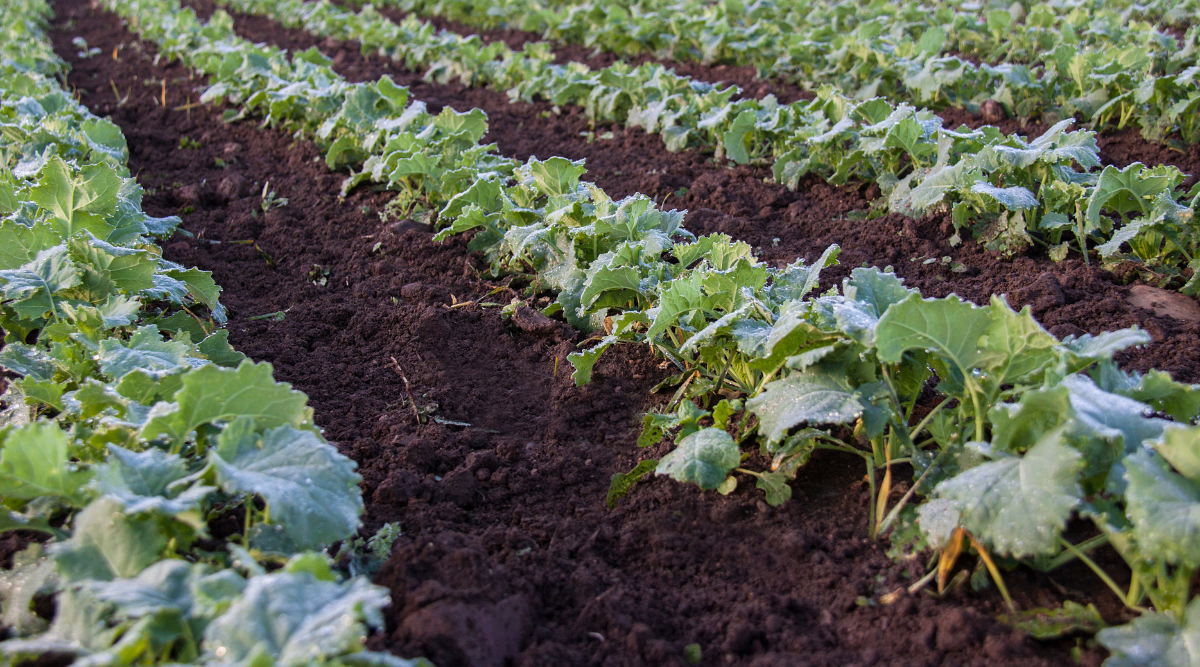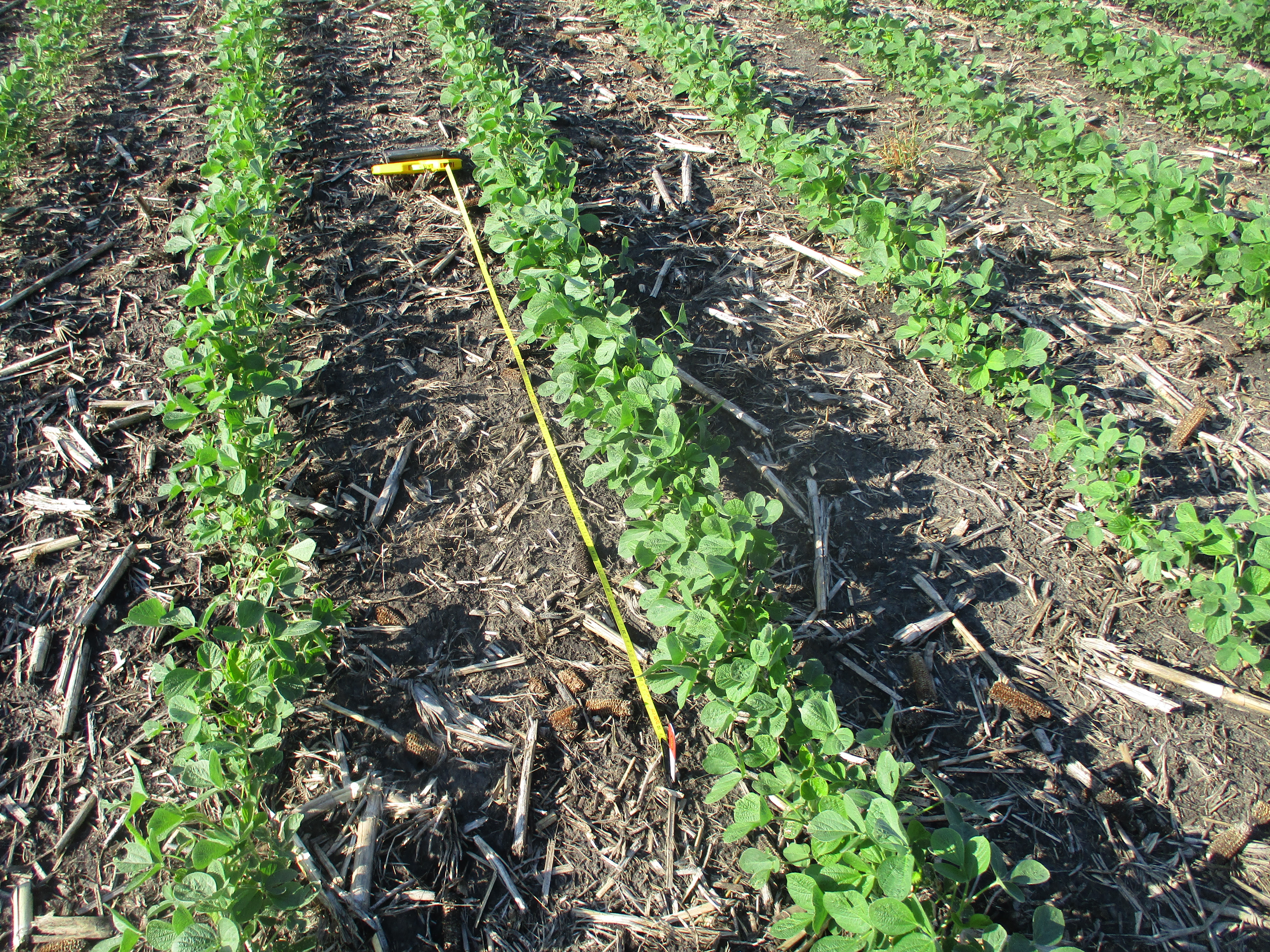Evaluating Plant Stand for Improved Crop Performance and Survivability

Optimizing plant stand begins with tailored seeding decisions and is evaluated by measuring plant survivability after emergence. By comparing emerged plants to seeding rates, growers can assess early crop performance. Consistent spacing, depth, and fertilizer placement are key to maximizing survivability and return on investment.
Optimization of plant stand begins at seeding time with decisions made in several areas of crop inputs and machine performance that are tailored to the conditions of a particular field in a particular year. Evaluating plant stand after emergence is an important step in determining how these decisions impact crop performance, especially in the critical early stage of plant growth.
Proper evaluation of plant stand involves determining how many plants have emerged compared to the seeding rate. Comparing seeding rate as expressed in seeds in each area (typically seeds per square foot) to the number of plants emerged in each area (typically plants per square foot) determines plant survivability. Strong agronomic performance and maximum yield potential requires producing as high of a plant survivability rate as possible.

The early stages of crop growth is the ideal time to evaluate plant stand. For example, in canola, plant stand evaluation takes place when the crop is in the 2-4 leaf stage. To determine plant survivability rate, plant counts at four different locations in a field are required to obtain a representative sample. Each location should be typical of the crop stand without any abnormal features such as low spots or high residue from prior crops.
When a row of plants is selected, measure two metres of the row and record the number of plants found within this distance. After completing four sets of plant counts, calculate the average plant counts by adding the total amount of plants and dividing by four. Divide this number by two to get the average amount of plants per metre row. Converting this number to plants per area is as follows: Multiply the plants per metre row by 100 (number of centimetres in a metre) and divide by the drill row spacing expressed in centimetres (2.54 centimetres per inch) to determine number of plants per square metre. To convert to plants per square foot, divide this number by 10.7639 (number of square feet in a square metre).
It is ideal to record plant survivability rates in multiple fields to determine overall plant survivability on the farm and how management decisions may have played a role. Reducing inter-plant competition by evenness of seed spacing and consistency of seed depth, in addition to consistent fertilizer placement from the seed row, results in greater plant survivability with reduced risk and greater return on investment to the grower.